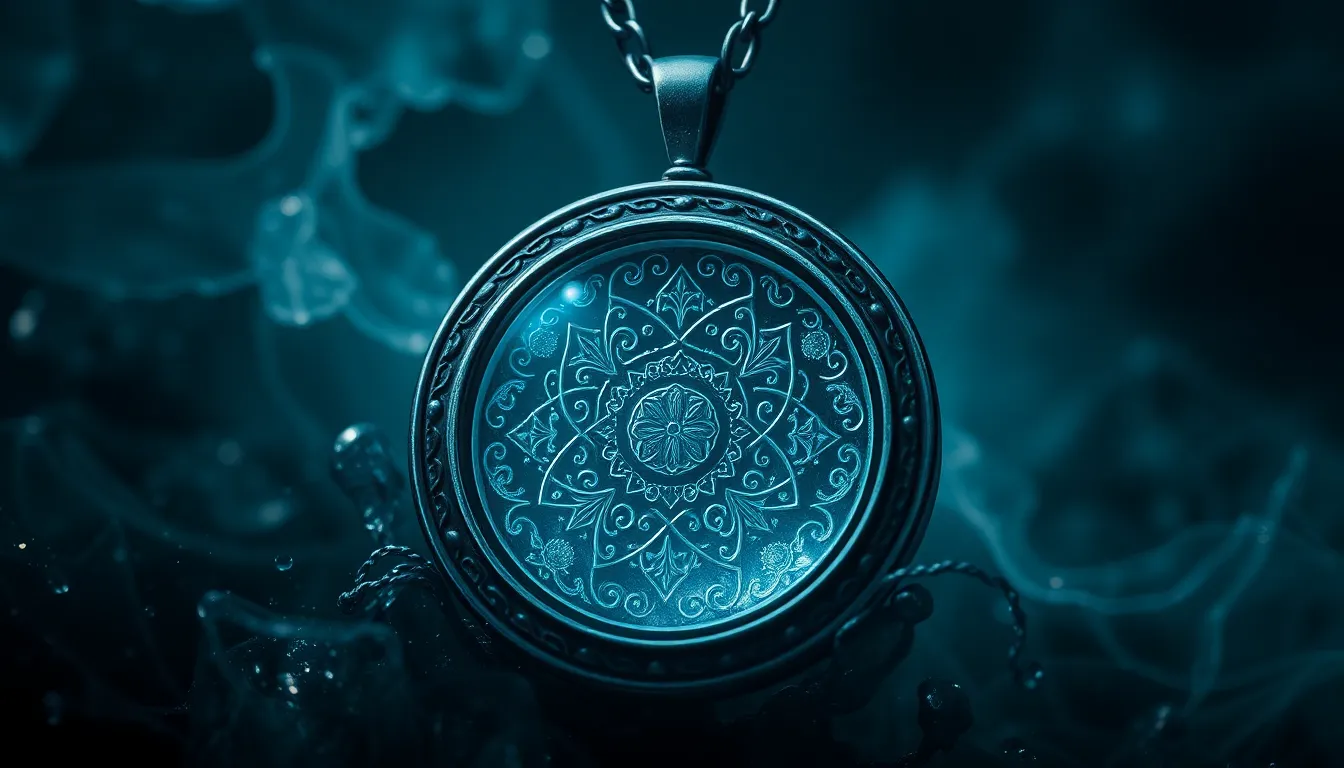The Hoard of the Dragon: Fafnir’s Treasure and Greed
I. Introduction
The legend of Fafnir is one of the most captivating tales in Norse mythology, illustrating the profound impact of greed and the insatiable desire for wealth. Fafnir, originally a dwarf, transforms into a fearsome dragon due to his overwhelming greed for gold. This transformation is not just a physical change but a deep metaphor for the corrupting influence of wealth. The purpose of this article is to explore the intricate themes of greed, its consequences, and the moral lessons embedded within the tale of Fafnir and his treasure.
II. The Origin of Fafnir
Fafnir was once a member of the powerful family of dwarves known as the Andvaranaut, descendants of the gods. He had a brother, Regin, and together they inherited a significant fortune, including a cursed gold hoard that was prophesied to bring death and misfortune. The allure of the gold drove Fafnir to betray his family, leading to a tragic transformation.
- Background: Fafnir’s father, Hreidmar, was killed by the god Loki, who sought to claim the gold.
- Transformation: Overcome by greed, Fafnir killed his brother Regin and transformed into a dragon to guard the treasure.
This transformation symbolizes how greed can distort one’s nature, turning a once noble individual into a creature of destruction.
III. The Nature of Fafnir’s Treasure
Fafnir’s hoard is not merely a collection of gold; it represents the very essence of greed and corruption. The treasure includes:
- Gold and jewels of immense value
- Magical artifacts, including the cursed ring Andvaranaut
- Items that symbolize power and wealth
However, the treasure is accompanied by a curse that brings doom to any who possess it. This curse serves as a powerful symbol of how the pursuit of wealth can lead to one’s downfall, reinforcing the theme that treasure often comes with dire consequences.
IV. Greed as a Central Theme
Greed is the driving force behind Fafnir’s transformation into a dragon. His insatiable desire for gold leads him to forsake his humanity and relationships. In this myth, greed manifests in several ways:
- Isolation: Fafnir becomes a solitary figure, cut off from human connections as he hoards his wealth.
- Betrayal: His greed leads him to betray his brother, showcasing the destructive power of wealth.
- Transformation: The physical change into a dragon symbolizes the internal corruption caused by greed.
Fafnir’s tale parallels with other characters in mythology and literature, such as Midas from Greek mythology, who turned everything he touched into gold, ultimately facing tragic consequences due to his greed.
V. The Consequences of Greed
The consequences of Fafnir’s greed are dire. His transformation leads to a life of isolation, surrounded only by his treasure. The following points highlight the repercussions:
- Isolation: Fafnir becomes increasingly alienated, living alone in fear of losing his hoard.
- Demise: Ultimately, Fafnir is slain by the hero Sigurd, who seeks the treasure for himself, illustrating that greed leads to violence and death.
- Impact on Seekers: Those who seek Fafnir’s treasure often meet tragic ends, reinforcing the notion that greed leads to ruin.
The tale of Fafnir serves as a cautionary tale about the pitfalls of greed and the inevitable downfall that follows. It teaches that the pursuit of wealth can corrupt the soul and lead to isolation and destruction.
VI. Cultural Interpretations of Fafnir’s Tale
The tale of Fafnir has resonated across cultures and ages, influencing various interpretations of greed and treasure. Different cultures perceive greed uniquely, often embedding moral lessons in their narratives:
- Literature and Media: Fafnir’s story has been adapted in various forms, from Wagner’s operas to modern fantasy novels.
- Global Perspectives: Many cultures have their own versions of dragon tales that embody themes of greed and the corrupting nature of wealth.
- Legacy: Fafnir’s tale continues to influence contemporary storytelling, serving as a reminder of the timeless nature of these themes.
VII. Comparative Analysis with Other Myths
Fafnir’s story is not unique; it shares similarities with dragon myths from other cultures. Comparative mythology reveals interesting parallels:
- Dragons and Treasure: Many cultures have dragons that guard treasure, such as Smaug in J.R.R. Tolkien’s “The Hobbit.”
- Greed in Mythology: Other myths, like that of King Midas or the biblical story of Achan, emphasize the destructive nature of greed.
- Human Nature: These stories collectively highlight human tendencies toward greed and the moral lessons that often accompany such narratives.
VIII. Conclusion
Fafnir’s story is a powerful narrative that encapsulates the themes of greed and its far-reaching consequences. Through the tale of the dragon and his cursed treasure, we witness the transformation of a being driven by avarice into a creature of fear and isolation. The lessons drawn from this myth remain relevant today, reflecting the timeless nature of greed and its destructive potential.
As we explore such myths, we gain valuable insights into human nature, the pursuit of wealth, and the moral implications of our desires. Understanding these ancient tales can help us navigate the complexities of our contemporary society, reminding us of the importance of moderation and the dangers of unchecked greed.




